Introduction
Ever heard the phrase, “You are what you eat”? Well, in today’s world, you might also be what you drink — and that could include plastic. Sounds crazy? Unfortunately, it’s not. Studies are showing that the average person may be consuming thousands of microplastic particles every week, many of them coming directly from the water we drink.
So let’s dive in — quite literally — and explore what this means for you, your health, and your daily habits.
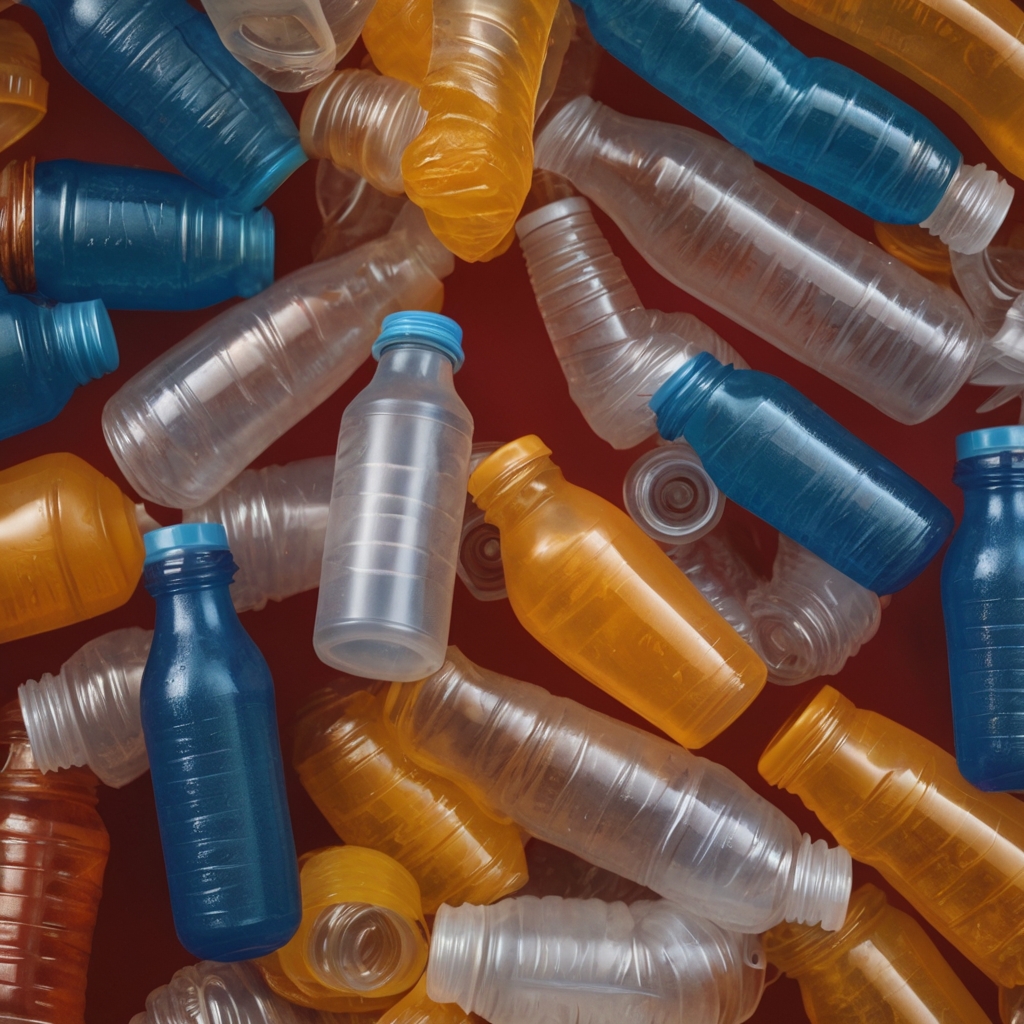
The Rise of Microplastics
What Are Microplastics and Nanoplastics?
Microplastics are tiny plastic particles less than 5mm in diameter, often invisible to the naked eye. Even smaller are nanoplastics — microscopic shards that can potentially penetrate cells and tissues.
They come from the breakdown of larger plastic products, synthetic fibers in clothing, or even the plastic packaging of your favorite snacks.
Common Sources of Microplastics
- Bottled water
- Tap water (especially from plastic piping)
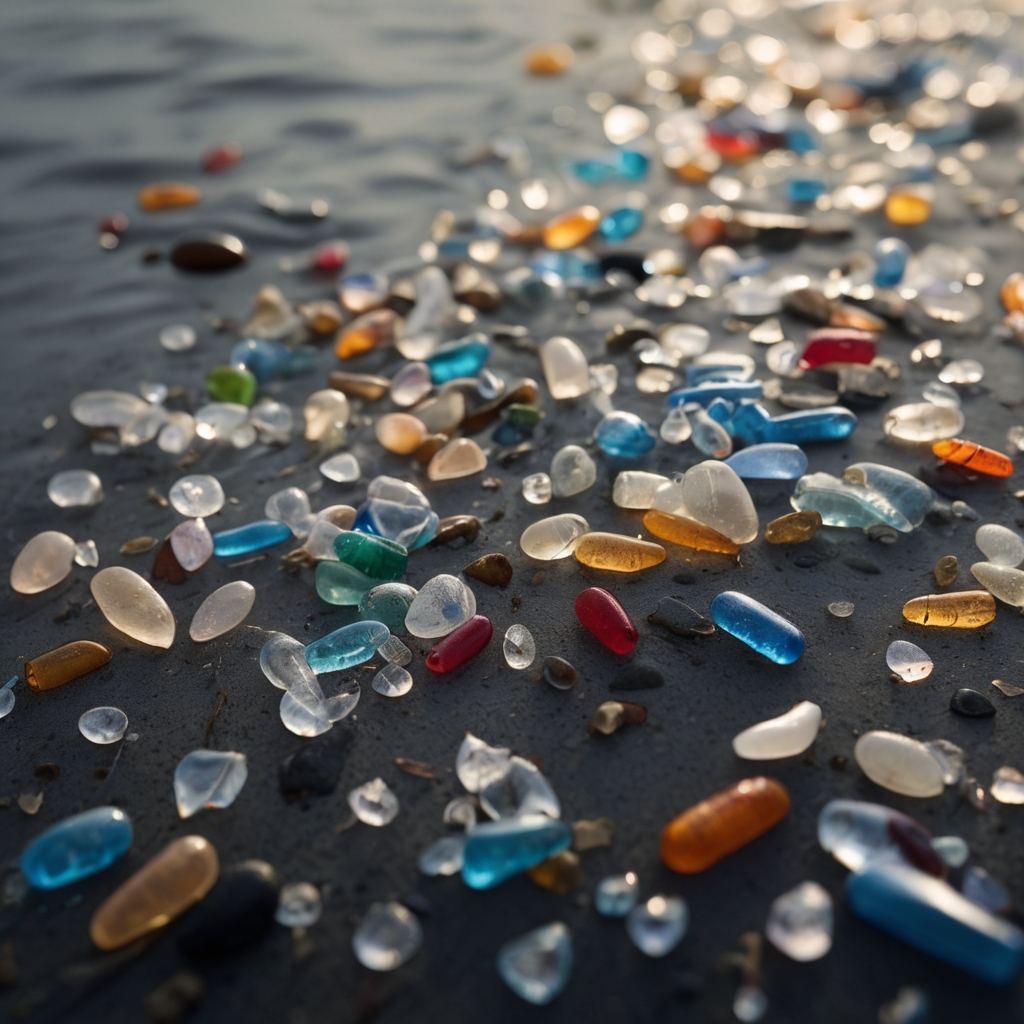
Food packaging
Cosmetics and personal care products
Washing synthetic clothes (yes, your laundry could be polluting water!)
Bottled vs Tap Water: A Plastic Perspective
Ironically, bottled water often contains more microplastics than tap water. Why? Because plastic bottles shed particles over time, especially when exposed to heat. Think about that case of water bottles sitting in your hot car…
How Plastic Enters Your Body
Contaminated Water Sources
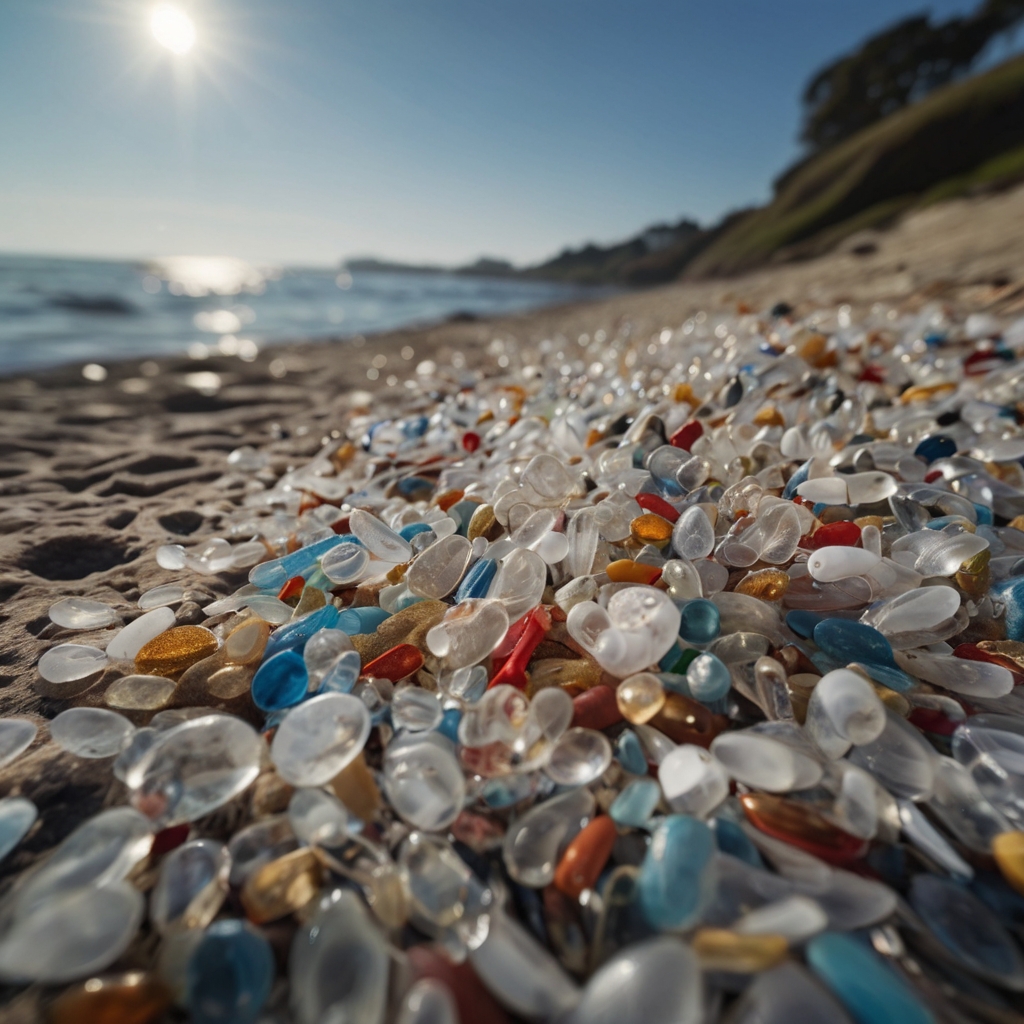
Water travels through countless systems — pipes, filters, storage tanks — and if any of these contain plastic, there’s a good chance it ends up in your glass.
Food and Beverage Packaging
Ever noticed how everything from salad dressing to soda comes in plastic bottles? These containers slowly break down, especially under heat or light, leaking microscopic plastic particles into the product.
Plastic in Salt, Honey, and Beer?
Yep, it’s true. Microplastics have been detected in:
- Sea salt (because of polluted oceans)
- Honey (thanks to airborne plastic particles)
- Beer (from contaminated water used in brewing)
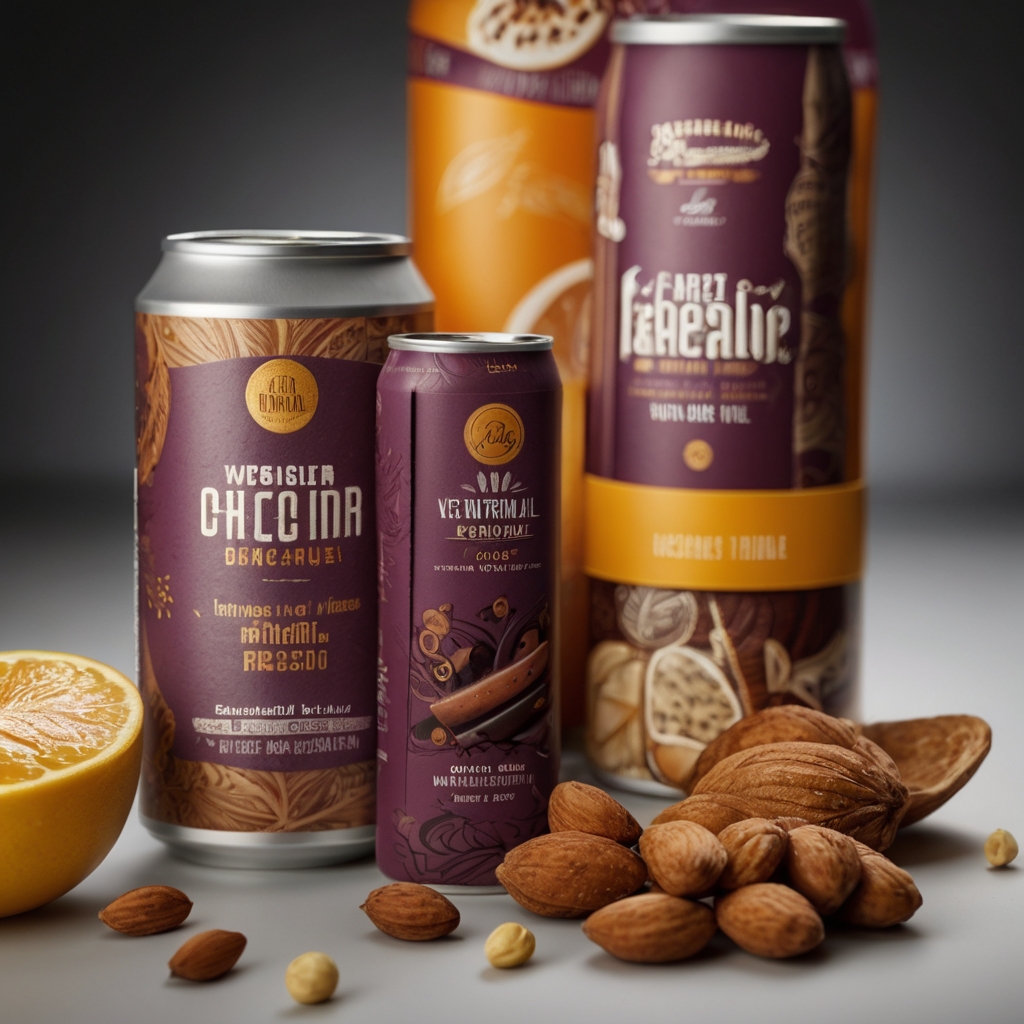
Health Risks of Consuming Plastic
Short-Term vs Long-Term Health Concerns
While the full health effects of microplastics are still being studied, early research raises serious red flags — especially around long-term exposure.
Potential Hormonal Disruption
Many plastics contain chemicals like BPA or phthalates, which mimic hormones in the body and could disrupt endocrine functions, potentially affecting reproduction, growth, and development.
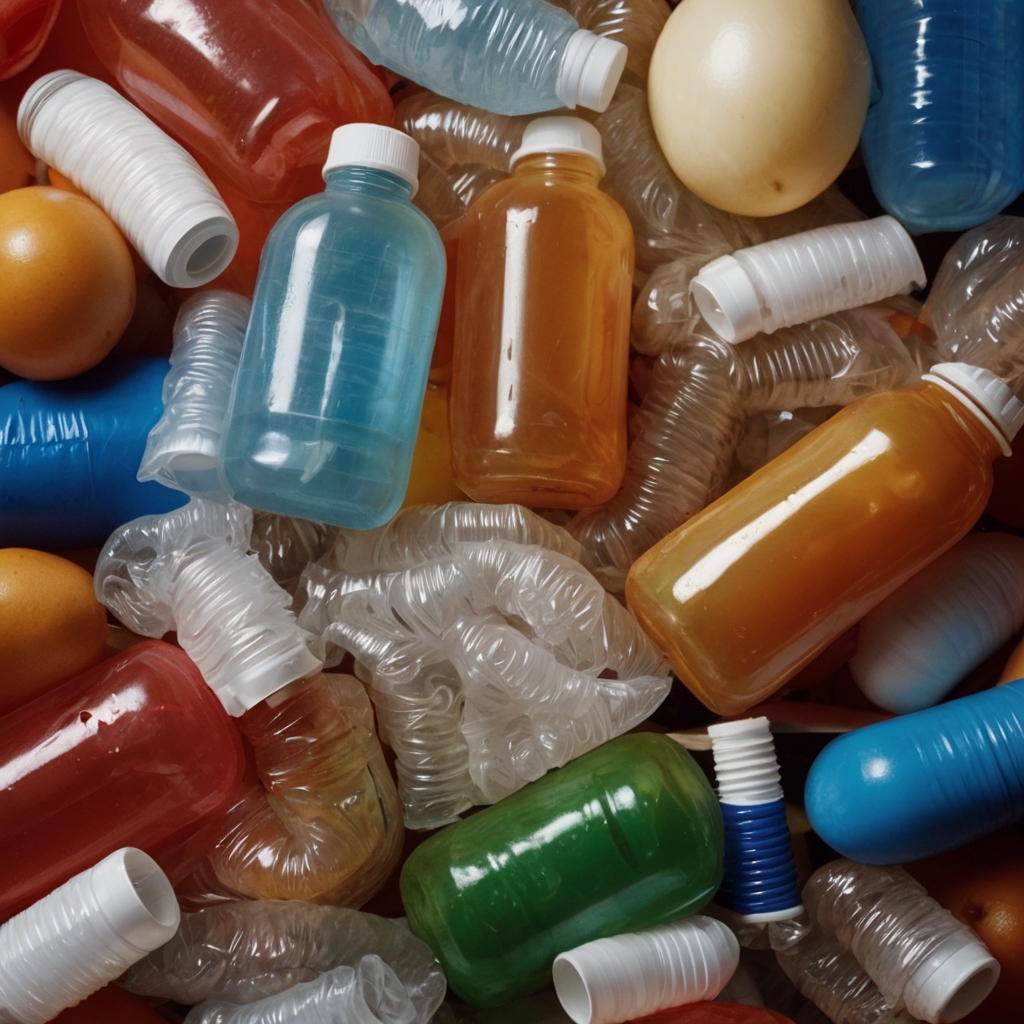
Immune and Gut System Impact
Microplastics can trigger inflammation and immune responses in the gut. Some studies suggest they may damage the intestinal lining or mess with your gut microbiome — your body’s friendly bacteria.
Shocking Statistics You Should Know
How Much Plastic Do We Ingest Annually?
A 2019 study by WWF and the University of Newcastle estimated that the average person might be ingesting 5 grams of plastic every week — that’s the equivalent of a credit card.
Global Water Supply Contamination
Microplastics have been found in over 80% of global tap water samples, with the highest concentrations in the U.S., Lebanon, and India.
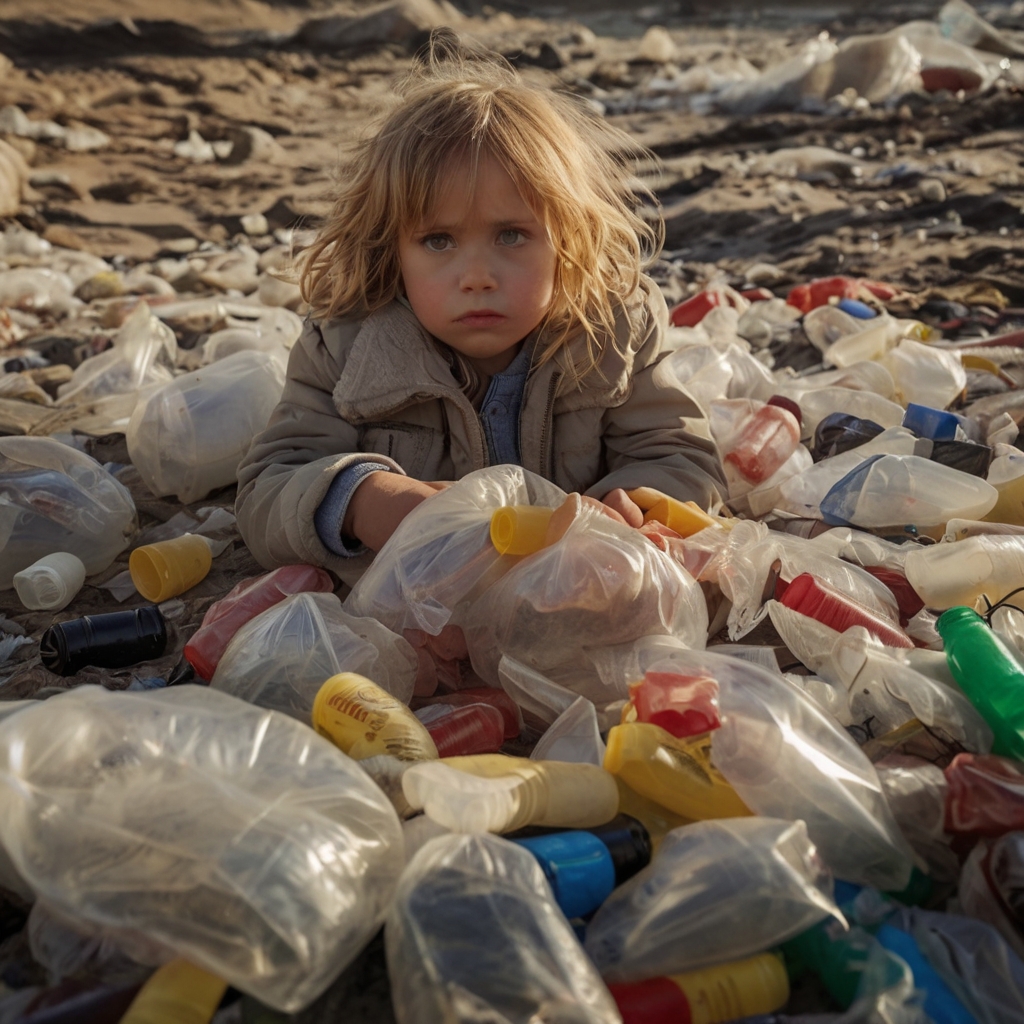
Detecting Plastic in Drinking Water
Scientific Studies and Findings
Multiple peer-reviewed studies have detected microplastics in drinking water, even in premium bottled brands. Unfortunately, there is no global standard yet for monitoring or limiting plastic in water.
Home Water Testing Kits
Some advanced water testing kits can now detect plastic particles, although they are expensive and not yet widely available. Until then, filtering remains your best defense.

Governments and Regulations
Current Laws on Microplastic Control
Some regions like the EU, have banned microbeads in personal care products, but that’s just the tip of the iceberg. Most countries lag far behind when it comes to drinking water standards.
What’s Lacking in Global Policies?
There are no universally accepted limits for microplastics in water, and many health agencies admit they simply don’t have enough data — a scary thought.
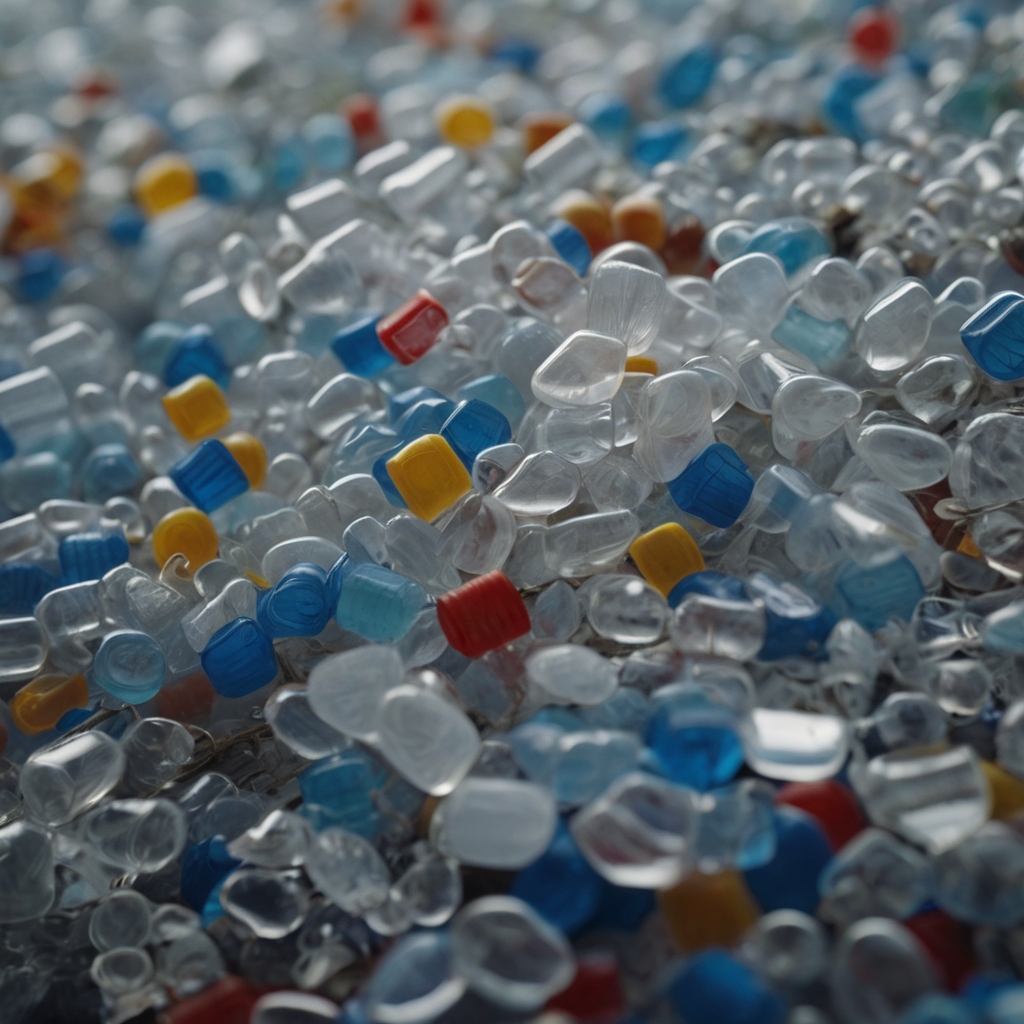
How to Protect Yourself
Choosing Safer Bottled Water
Look for glass-bottled water, or companies that use eco-friendly filtration methods. Avoid leaving bottled water in hot places — this accelerates plastic leaching.
Investing in High-Quality Water Filters
Not all filters remove microplastics. Reverse osmosis systems and some carbon block filters have proven effective.
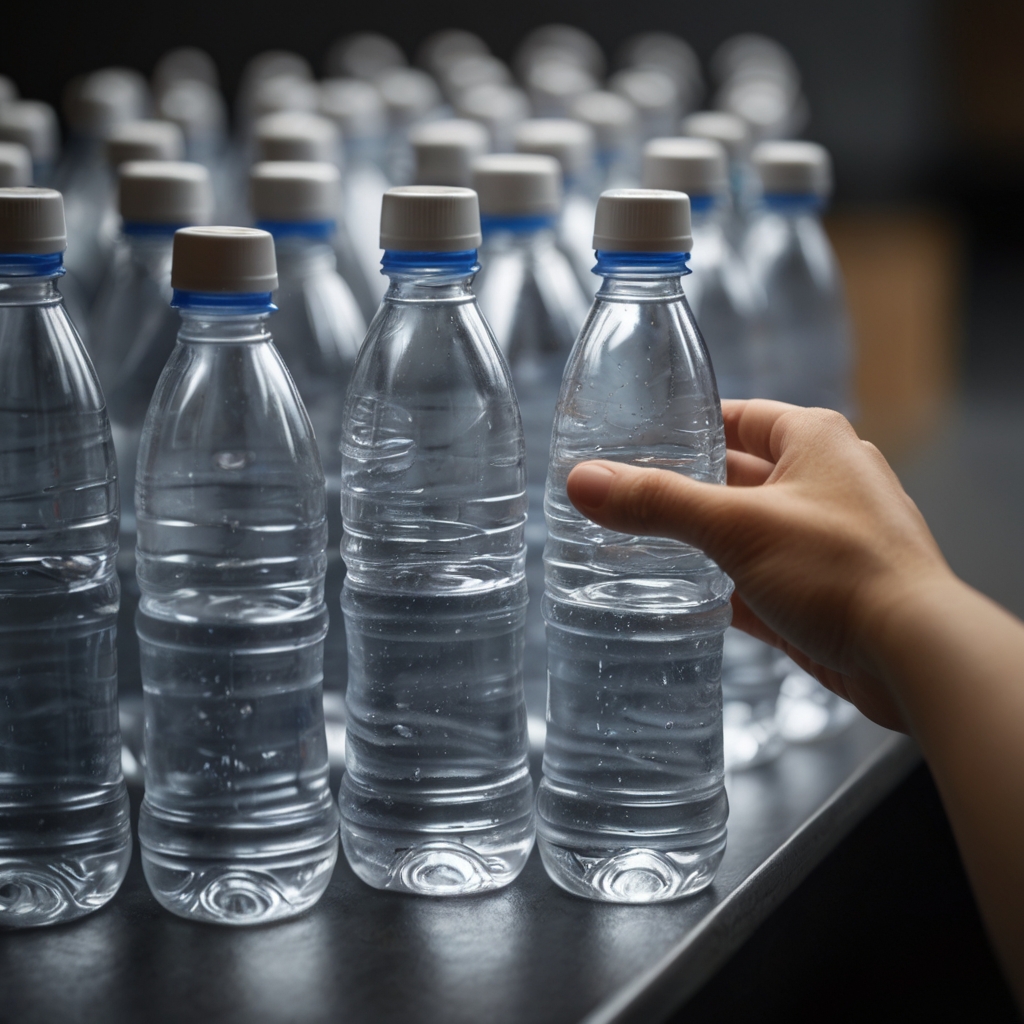
Minimizing Single-Use Plastics in Daily Life
Avoid disposable cups, plastic utensils, and food wrapped in cling film. Small changes = big results.
Eco-Friendly Alternatives
Reusable Water Bottles and Containers
Switch to stainless steel or glass bottles. They’re durable, stylish, and most importantly — plastic-free.
Sustainable Packaging Solutions
Support brands that use biodegradable or compostable packaging. Your wallet is your vote.
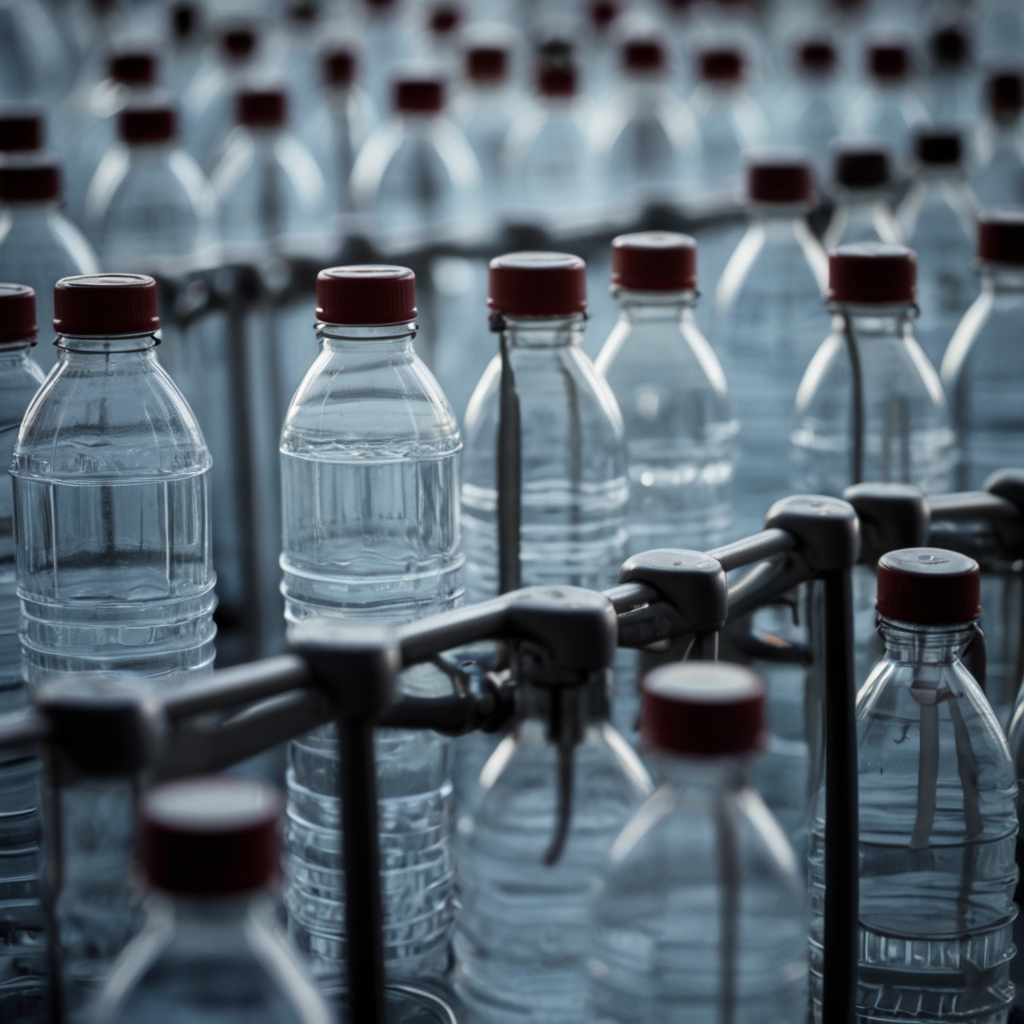
Myths vs Facts
“Tap Water Is Always Safer” – Is It?
Not always. While regulated, tap water often travels through plastic or old pipes that can leach contaminants. It’s best to filter both tap and bottled water.
“Boiling Removes Plastic” – True or False?
False. Boiling water doesn’t remove plastic — in fact, it may make the particles more concentrated if some of the water evaporates.
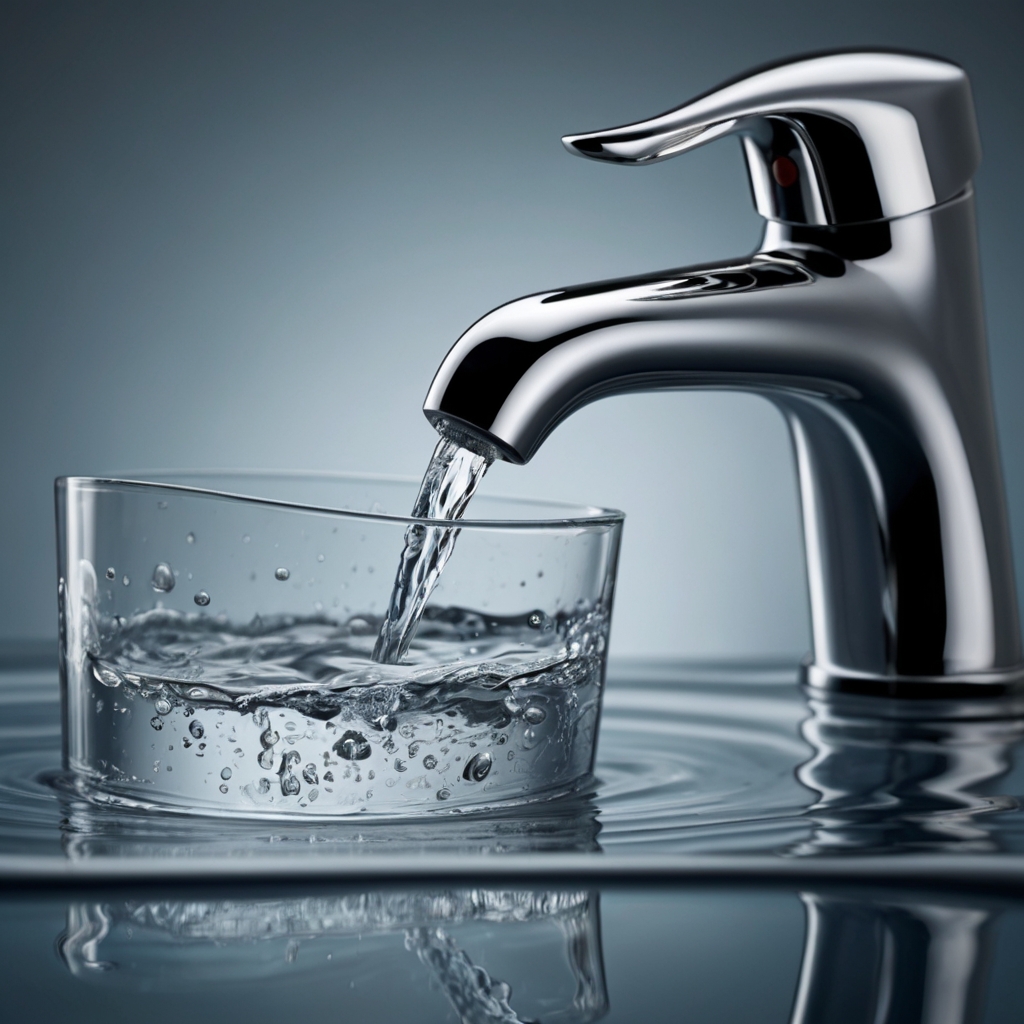
Impact on the Environment
Plastic Pollution in Oceans and Rivers
Plastic bottles and waste pollute marine ecosystems, killing wildlife and entering the food chain, which ultimately brings it back to you.
The Circle of Contamination
The plastic you throw away today could be in your drinking water tomorrow. It’s all connected.
What Experts Are Saying
Scientists’ Warnings
Experts warn that microplastics may be a “ticking time bomb” for human health. The lack of long-term studies doesn’t mean it’s safe — it just means we don’t know yet.
Health Professionals’ Perspectives
Doctors recommend minimizing plastic exposure, especially for pregnant women and children. Prevention is better than cure.
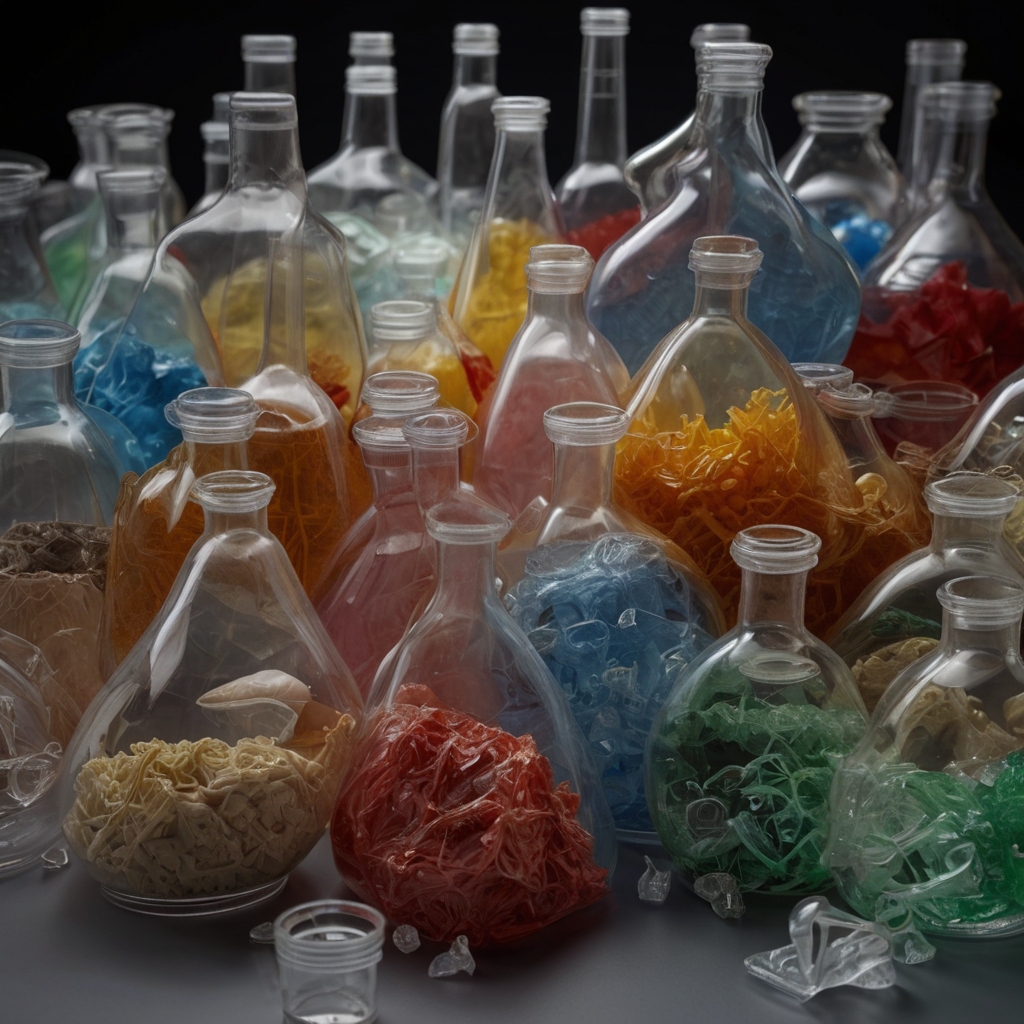
What You Can Do Today
Simple Habits That Make a Big Difference
Use a water filter
Carry a reusable bottle
Avoid plastic-wrapped foods
Don’t heat food in plastic containers
Community and Advocacy Participation
Join clean-up groups, support legislation, and raise awareness in your circles. Change starts with you.
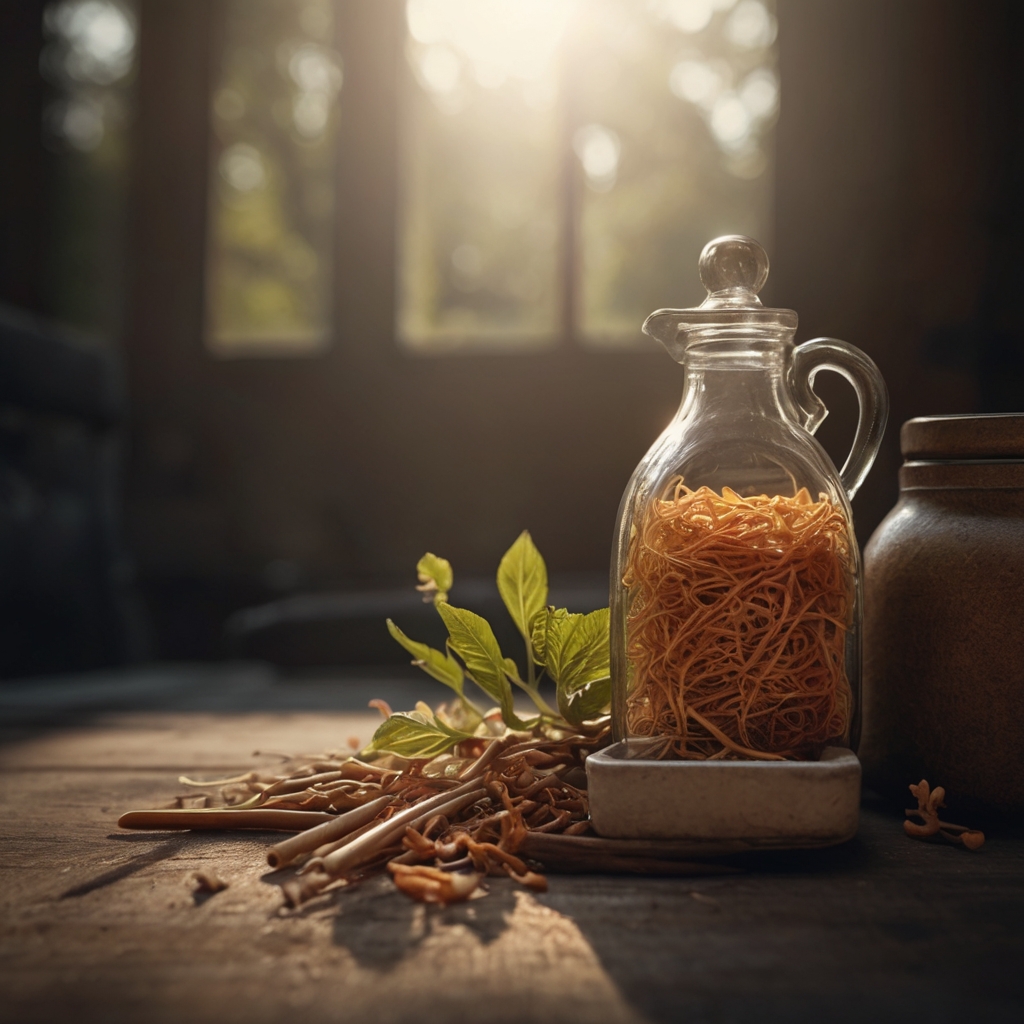
Conclusion
The idea of drinking plastic sounds absurd — yet it’s our reality. From microplastics in bottled water to invisible particles in food, plastic has silently crept into our daily lives. But here’s the good news: you can take control. By making smarter choices and advocating for change, you can protect your health and the planet.
Don’t let plastic sneak past your lips — stay informed, filter your water, and go reusable. Your body will thank you.
FAQs
1. Can boiling water remove microplastics?
No, boiling doesn’t remove microplastics. In some cases, it may make them more concentrated.
2. Is bottled water better than tap water?
Not necessarily. Bottled water often contains more plastic particles due to the bottles themselves.
3. How can I test my water for plastic?
Currently, testing requires specialized lab equipment, though home kits are emerging.
4. Are children more vulnerable to plastic ingestion?
Yes, their developing bodies are more sensitive to the harmful effects of plastic chemicals.
5. Will switching to glass containers help?
Absolutely. Glass is non-toxic and doesn’t leach chemicals like plastic does.
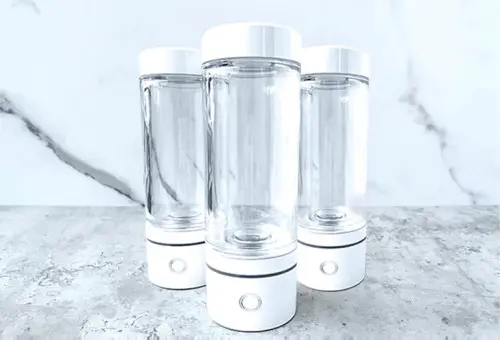
Can you boost energy levels and feel years younger? Japanese scientist says so…
Has this scientist discovered healing water?
I just had a meeting with a mysterious Japanese scientist…
He told me about a strange Japanese healing water that can reverse low energy and fatigue.
According to research this special water can:
– Support someone to recover from fatigue, low energy, and high stress
– Return the body to a natural state of health
– Make anybody look years younger and lose weight. Click here for more info




